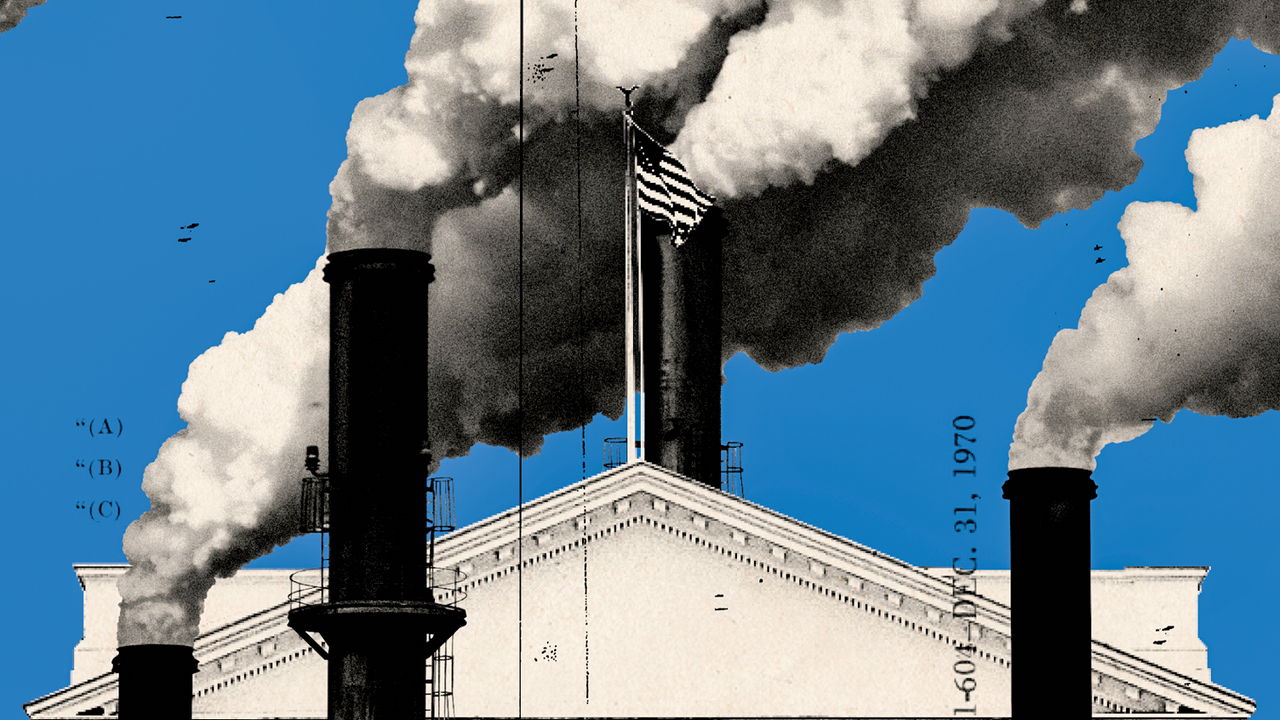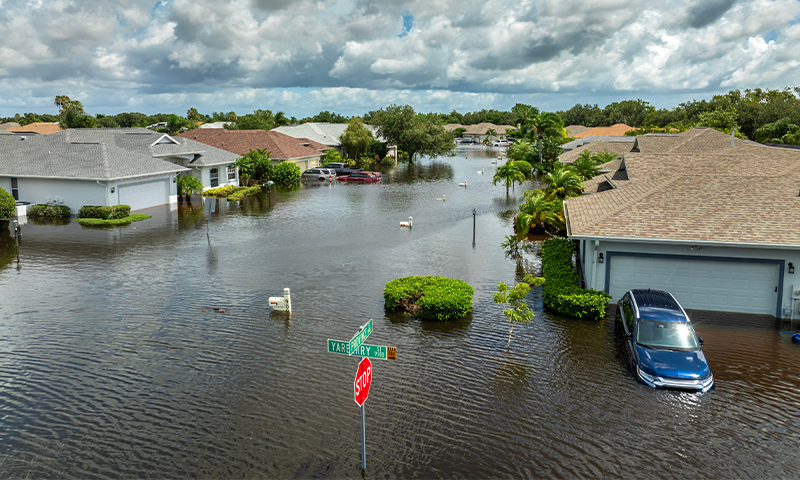Trash Transformed: The Revolutionary Math Behind Waste Management

As the climate crisis intensifies, Extended Producer Responsibility (EPR) laws are rapidly gaining momentum across the United States, compelling businesses to reimagine their environmental strategies and sustainability commitments. These transformative regulations are pushing companies to take a more holistic approach to product lifecycle management, with an eye toward ambitious 2030 climate goals.
EPR laws are fundamentally reshaping corporate environmental strategies by shifting the responsibility for product disposal and recycling directly onto manufacturers. This paradigm shift means companies can no longer treat packaging and waste as an afterthought, but must proactively design products with end-of-life sustainability in mind.
States like California, Washington, and New York are leading the charge, implementing increasingly stringent EPR frameworks that require companies to not just manage, but actively reduce their environmental footprint. These laws are creating a domino effect, encouraging businesses to innovate in packaging design, material selection, and waste reduction strategies.
For corporate leaders, this represents both a challenge and an opportunity. Forward-thinking organizations are viewing EPR not as a compliance burden, but as a strategic chance to differentiate themselves in an increasingly environmentally conscious market. By embracing circular economy principles, companies can simultaneously reduce environmental impact and potentially unlock new revenue streams.
As we approach 2030, the message is clear: sustainable product management is no longer optional, but a critical component of corporate responsibility and long-term business success.








